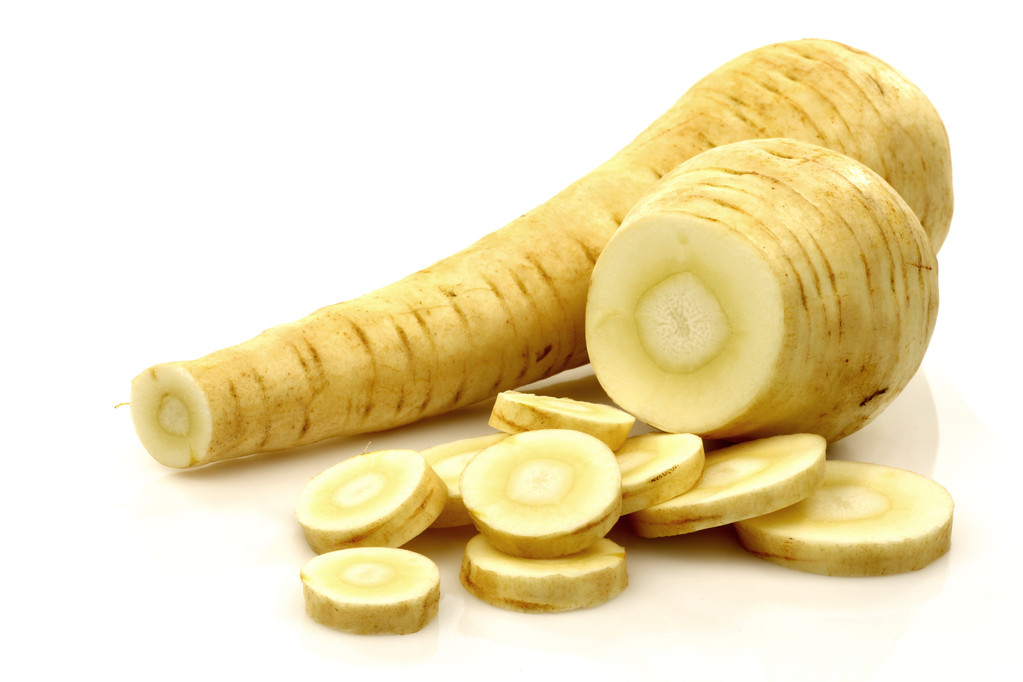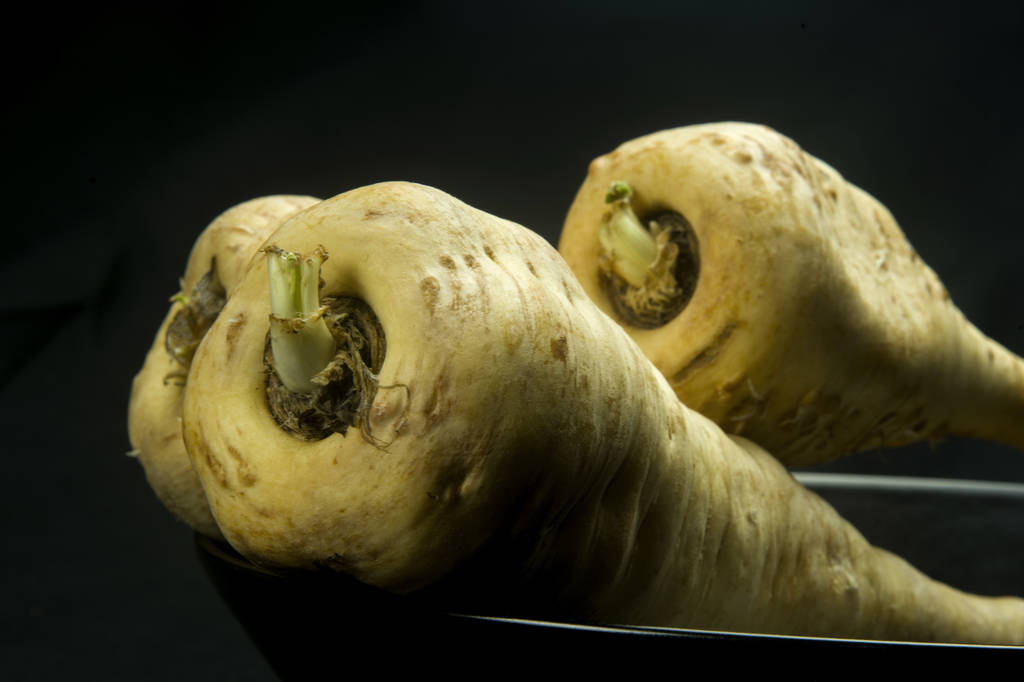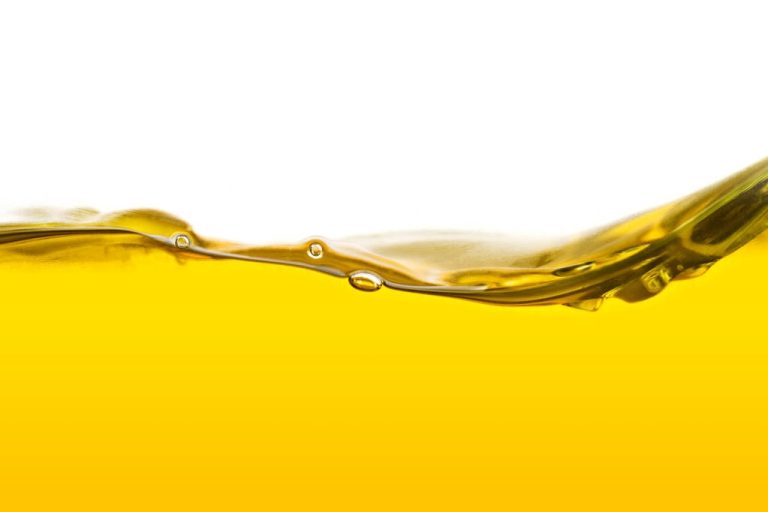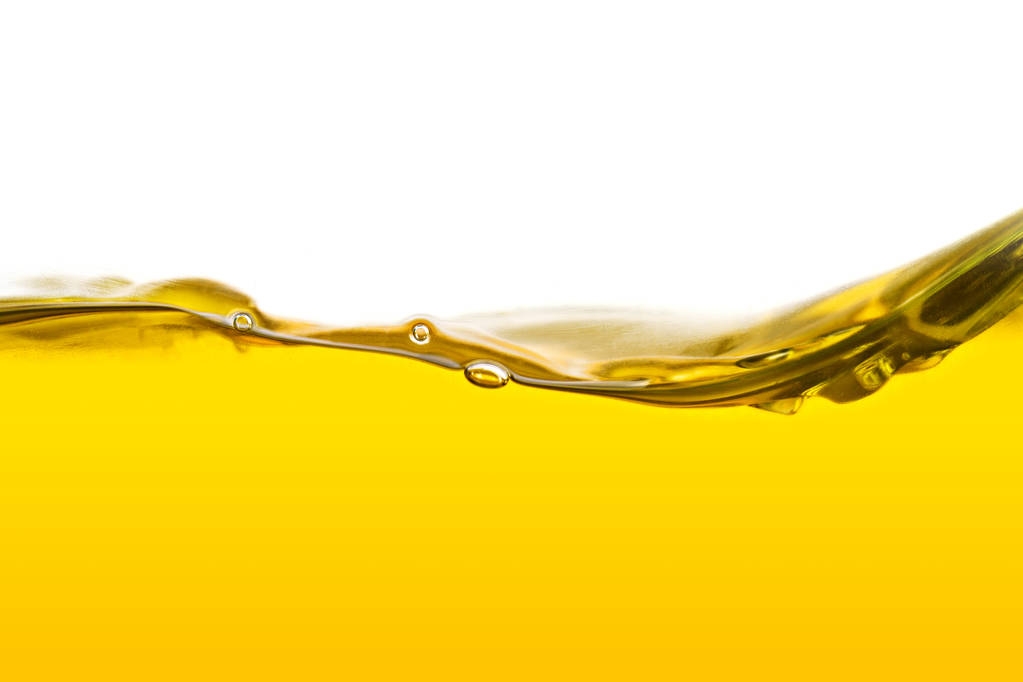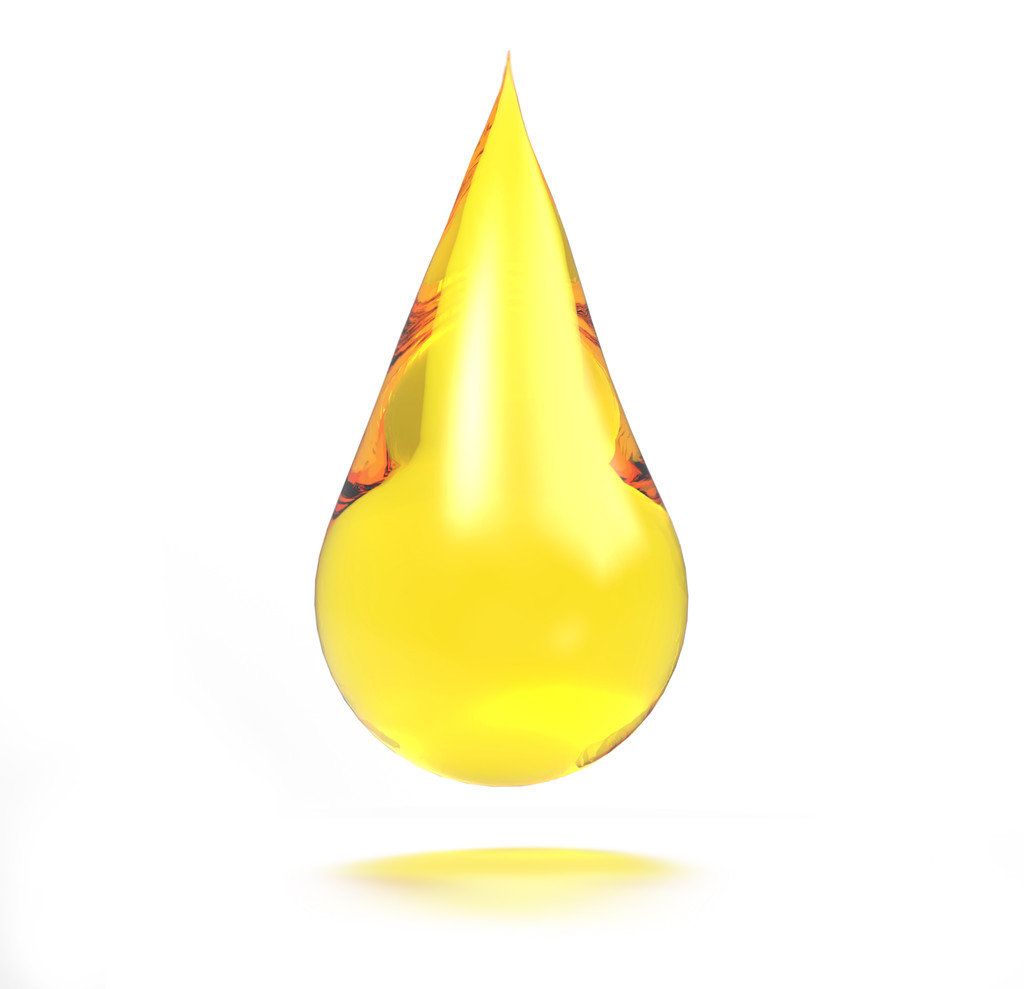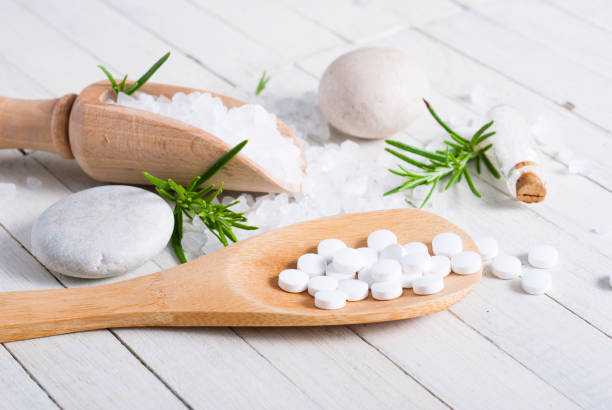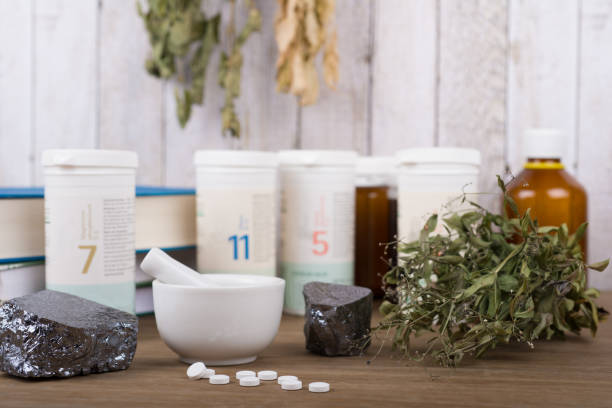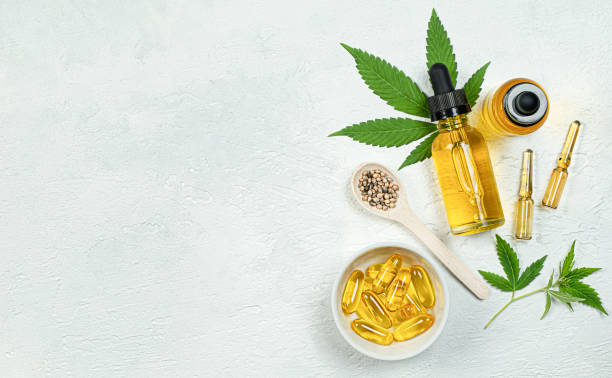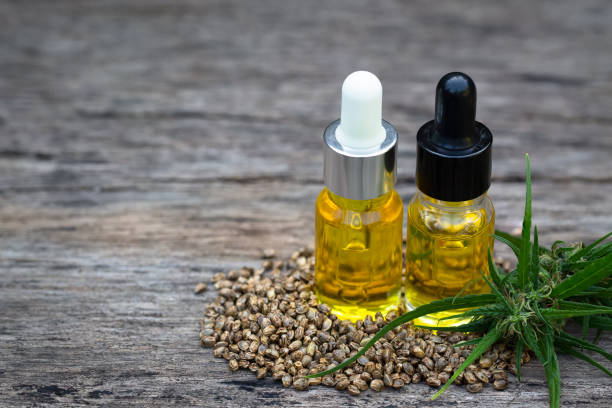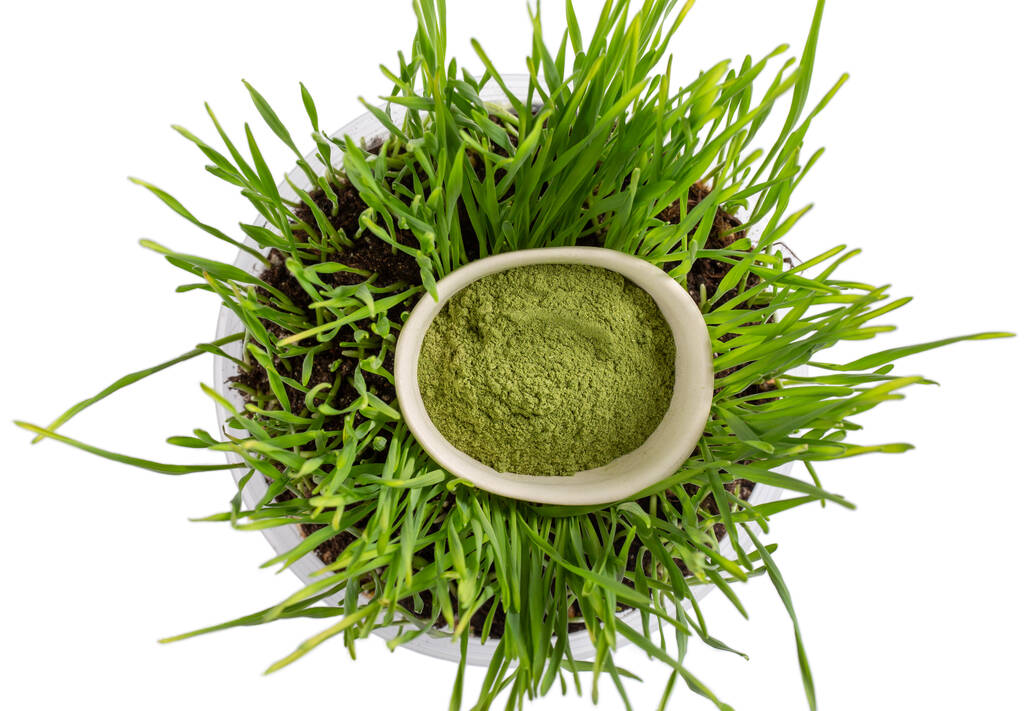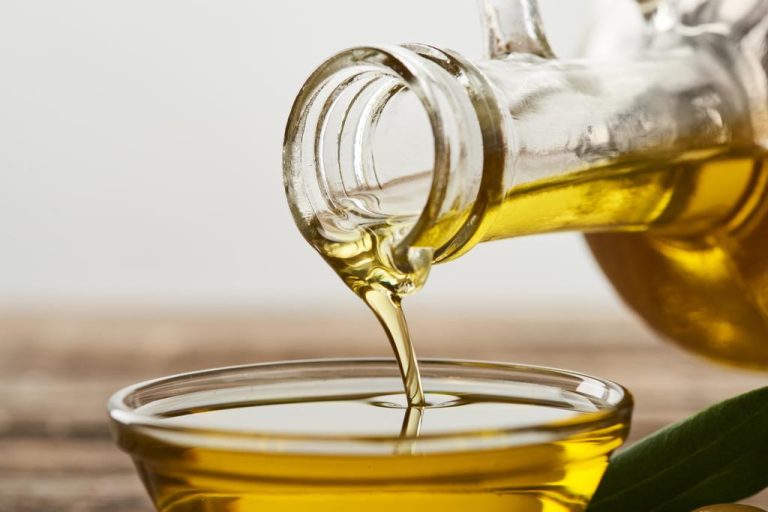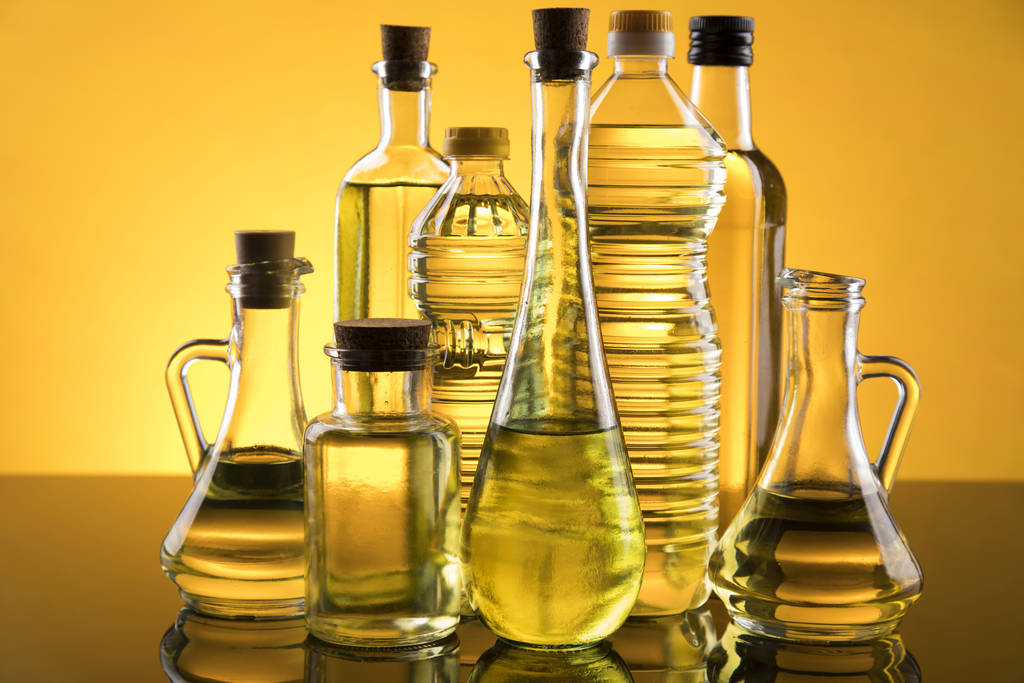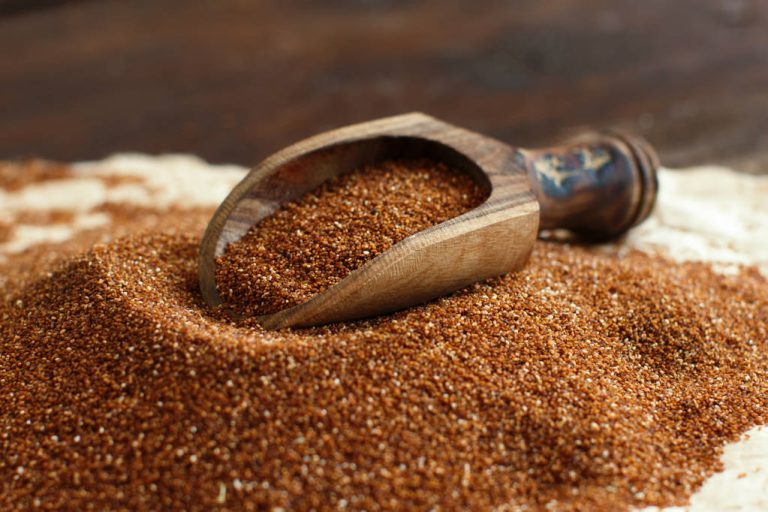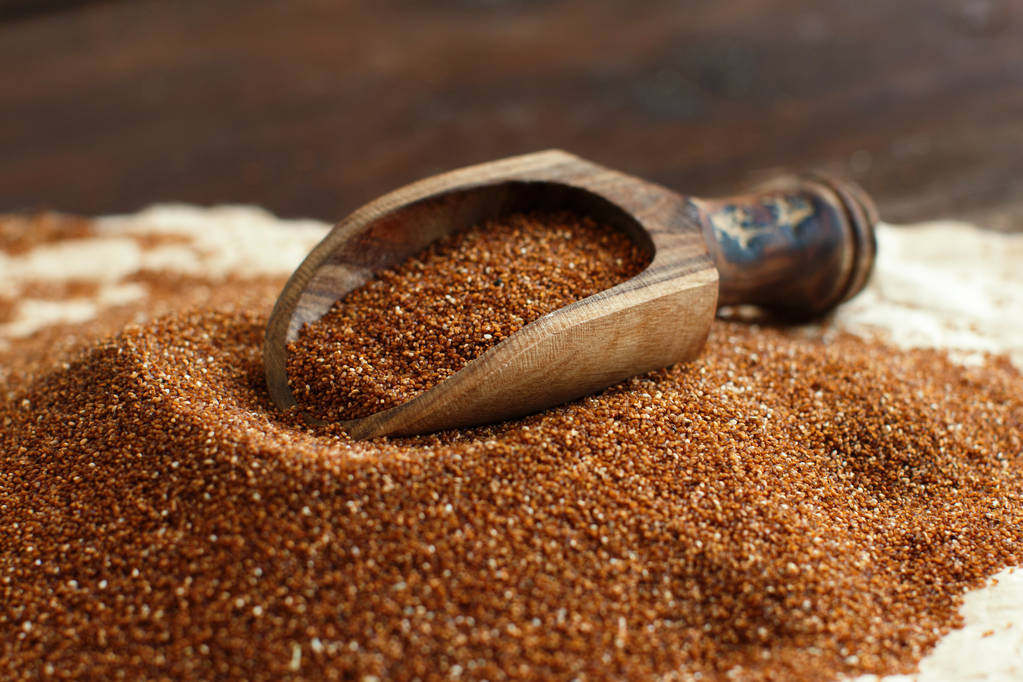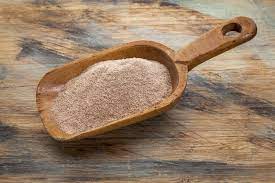We show you how cubeb pepper works and how you can use it in the kitchen.
While cubeb pepper is less well known to us, the pepper variety is very popular in many oriental countries. The cubeb pepper belongs to the pepper family and is related to the commercially available black pepper. However, the two types of pepper differ in smell and taste: Cubeb pepper has a very intense smell that is slightly reminiscent of turpentine. The taste is less sharp, but slightly bitter.
Cubeb pepper is the name given to the fruits of a climbing shrub that is up to six meters long and originally comes from India and China. Today the pepper is also grown in Indonesia, especially in Java and Sumatra, as well as in Sri Lanka.
The peppercorns are four to five millimeters in size. Similar to black pepper, the fruits are harvested green, i.e. still unripe. Then they are dried in the sun. This gives the grains their typical black-brown color and wrinkled surface.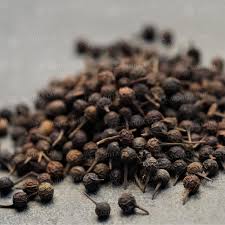
Cubeb pepper as a medicinal plant
The Theophrastus naturopathic association has named cubeb pepper medicinal plant of the year 2016. Since 2003, the association has awarded medicinal plants in order to preserve naturopathic knowledge. On this occasion, the association published a brochure about the cubeb pepper and its healing effects. Another scientific summary of the American Journal of Pharmacy and Health Research also confirms the following effects:
anti-inflammatory
antiviral
expectorant
concentration-enhancing
digestive
Hildegard von Bingen already spoke of the fact that the cubeb pepper has a positive effect on the mind and spirit.
Traditionally, the cubeb pepper is mainly used for the following complaints:
respiratory diseases
asthma
bronchitis
dizziness
headache
cystitis
To use one or two whole grains of pepper are chewed several times a day. The pure taste takes some getting used to, but it is harmless. Unpleasant side effects are not known.
The healing effects of the pepper variety are attributed to its unique combination of active ingredients. These include, among others:
Essential oils: At ten to 20 percent, the content of essential oils in cubeb pepper is quite high. The oils provide the diuretic and expectorant effect.
Antioxidants: The antioxidants it contains are said to reduce oxidative stress and cell aging.
Resins (cubebic acid): Due to the resins, cubeb pepper is also well suited for smoking. They also give the pepper its special smell.
Cubebin: The plant’s own active ingredient Cubebin not only provides the taste, but also the concentration and digestion-promoting effect.
Piperine: The active ingredient is also found in black pepper and has an antibacterial and antifungal effect. The substance is also responsible for the sharpness of the pepper.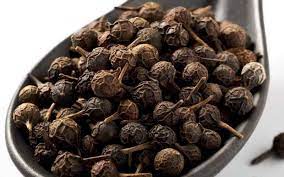
Cubeb pepper: How to use it in the kitchen
Cubeb pepper tastes bitter and slightly hot. It has a fresh note reminiscent of eucalyptus. Typical of the pepper variety is the slight tingle that it leaves on the tongue.
The spice is very popular in Indonesian, North American and North African cuisine. Cubeb pepper is an integral part of the Ras el Hanout spice mix.
You can use cubeb pepper for many recipes – here are some examples:
The unique taste goes particularly well with oriental dishes such as lentil salad or lentil soup.
If you want to add an Asian twist to a rice dish, you can cook the rice with a few peppercorns.
The cubeb pepper can also refine vegetable dishes. Cubeb pepper is particularly good for pumpkin recipes or aubergine recipes.
Cubeb pepper is also suitable for some desserts. You can find this type of pepper in some gingerbread spice mixes, for example. You can also season a hot chocolate with a little cubeb pepper.
How to use cubeb pepper correctly:
Like most spices, cubeb pepper should be used fresh. It’s best to grind it up just before using it with a spice grinder or mortar.
Cubeb pepper tastes intense and takes some getting used to. It’s best to approach it carefully. One or two grains of the exotic pepper are usually enough for a recipe for four people.




